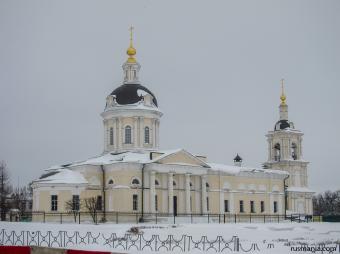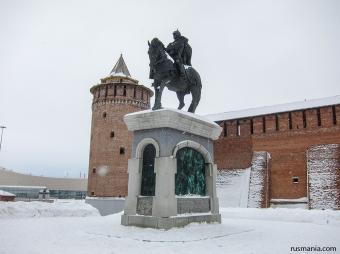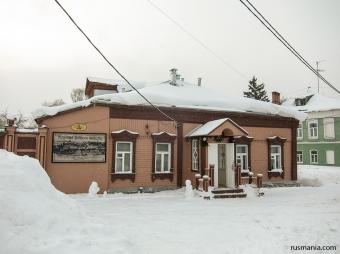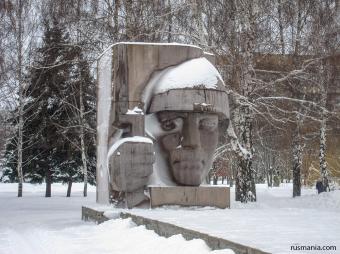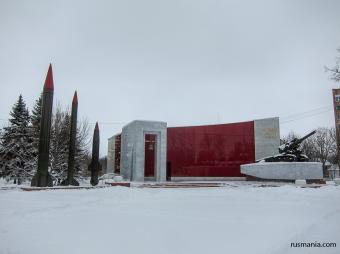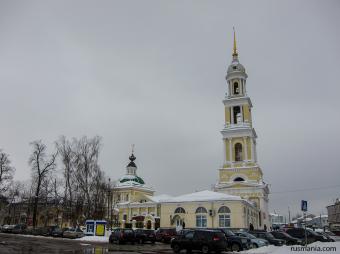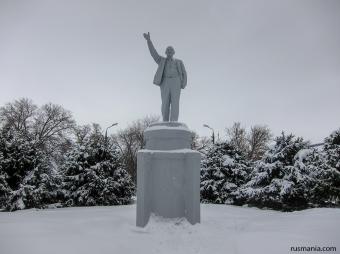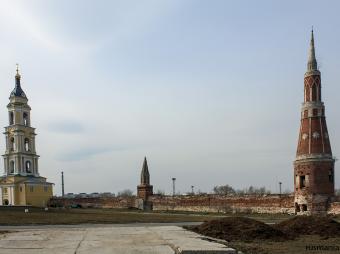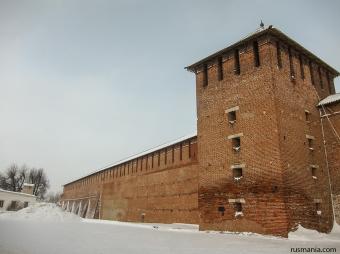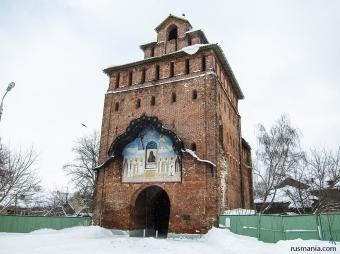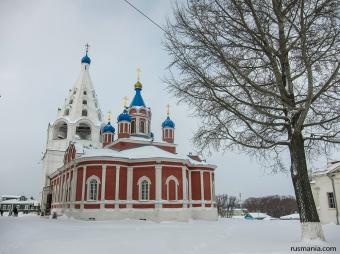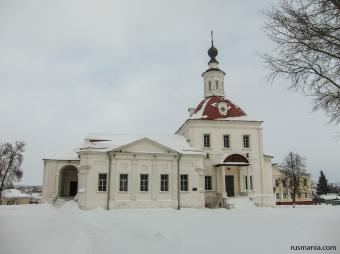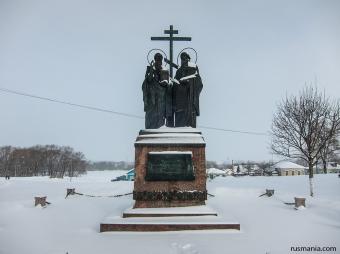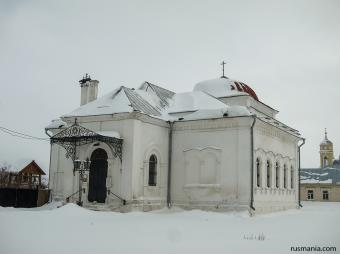The historic centre of Kolomna is the area which is located inside the Kolomna Kremlin, of which now only several sections and towers remain, at the confleunce of the River Kolomenka and the River Moskva. Today this is the area around Ulitsa Lazareva, Ulitsa Oktyabrskoy Revolyutsi and Ulitsa Zaitseva, and many of Kolomna's sights are found here. The centre of the Kremlin is formed by Sobornaya Ploschad (Cathedral Square).
Outside the Kremlin the main street is Ulitsa Oktyabrskoy Revolyutsi (October Revolution Street) which runs all across the city. The eastern district of Kolomna is historically known as Golutvin and the city's bus station is located here next to Golutvin Station and a modern shopping centre. The main sight in this part of Kolomna is the Staro-Golutvin Monastery. You can reach the monastery by getting on any bus heading to the bus station (автовокзал) and then walk from there down Ulitsa Oktyabrskoy Revolyutsi away from the centre.
Also of interest for tourists is the village (selo) of Staroe Bobrenevo, which is located around 1.5km north of Kolomna on the other side of the River Moskva, and can be reached by foot from the centre of Kolomna by crossing the River Moskva using the bridge at the end of Ulitsa Zaitseva. From this side of the river you can also enjoy great views of the Kolomna Kremlin.

 History
History